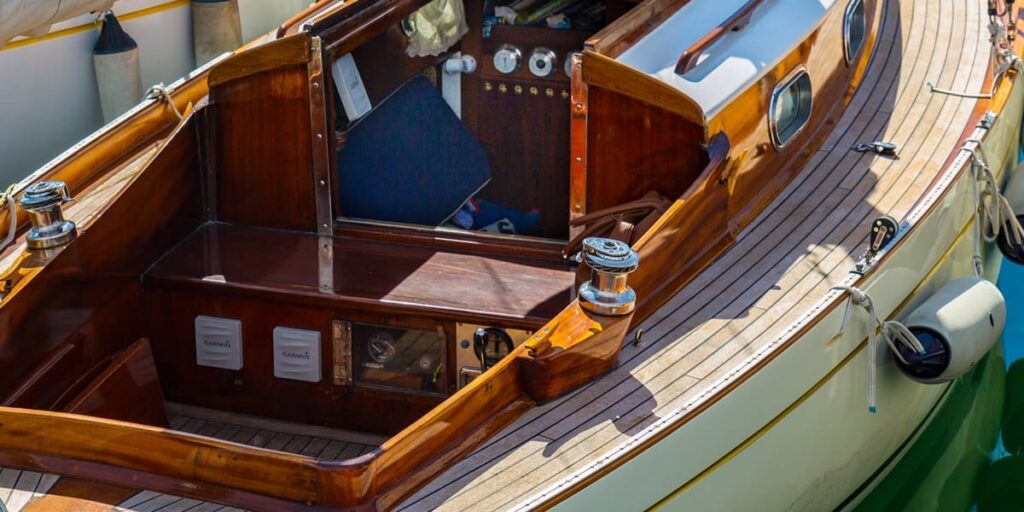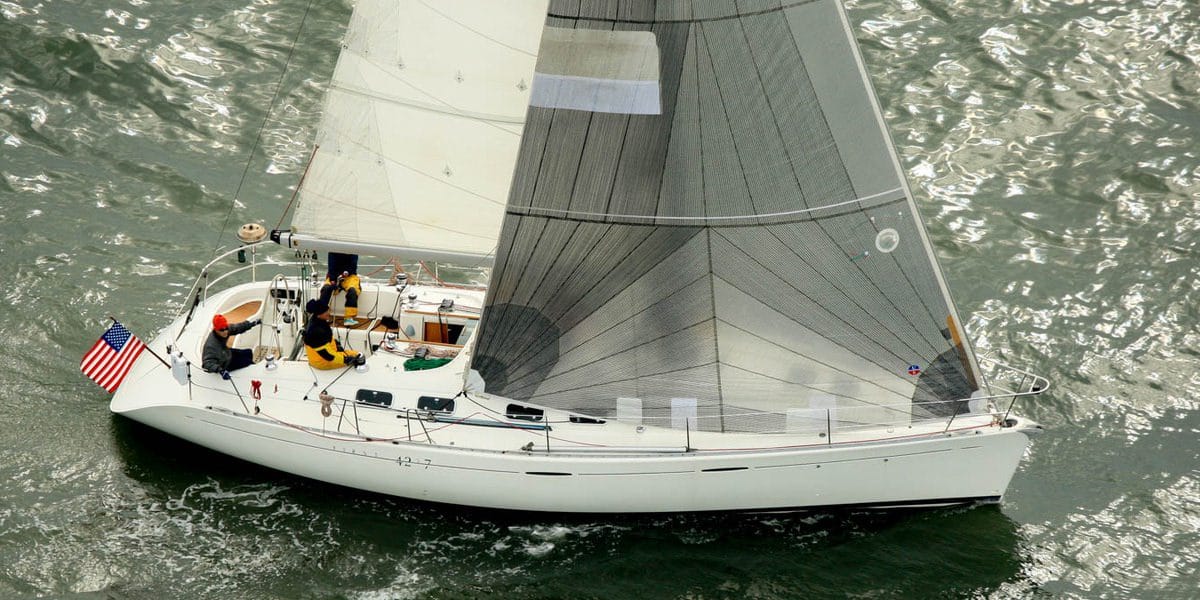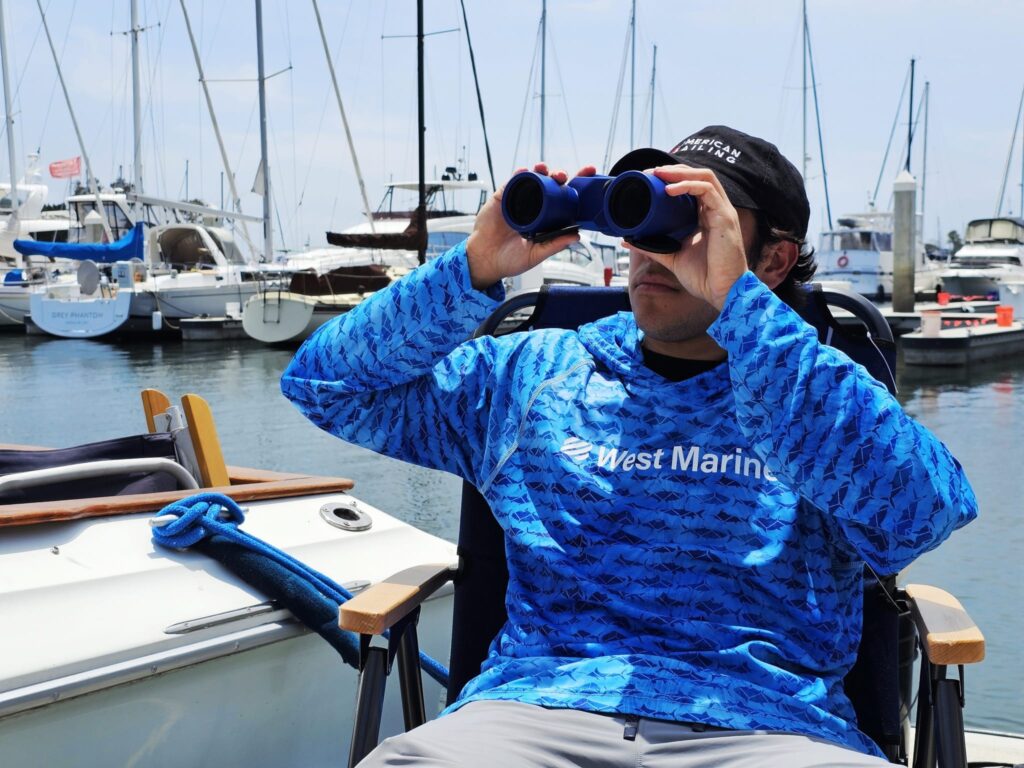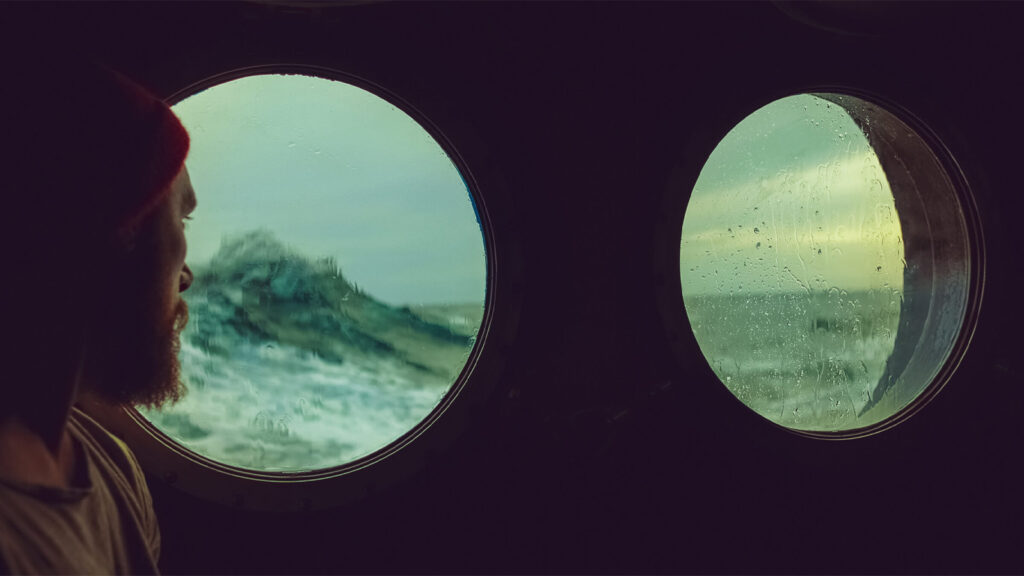Okay, you’ve checked out of 101, 103 & 104 and the sailing fever is still burning strong. You need to either check into a hospital or buy your first boat – you choose the latter. But what kind should you get? The magazines and websites have you drooling over boats that have tempted you with their sex appeal or indestructible capabilities and you are leaning in every direction.
“I could cross the Atlantic on that thing,” you hear yourself saying as you scroll through the pages of YachtWorld. Yes, this is true, but are you going to cross the Atlantic? You’re nodding yes, but you’re not. This is the ghost of Christmas future and you’re not. The boat isn’t going to go near the Atlantic – it’s never going to go 40-miles from your dock and that’s ok! It’s more than okay. That’s the thing – assessing what the boat will most likely be doing informs what boat to buy. A potential buyer needs to be honest with themselves about their sailing intentions and find a match based on that honesty.
It’s true many don’t quite know what the future will hold and if that’s the case then buying “more” boat might not be a bad idea, but making a purchase based on outward appearances or a false identity could be a mistake. Most people think Open 60s look pretty cool but teaching Sally and little Danny to daysail on it might not be a perfect fit…
An extreme example but, on a much lower level, this type of reasoning happens all the time. People compromise the element(s) they most need for one that they may hardly use, but like the thought of.
For instance, hearty boats designed for blue-water cruising can be expensive and sometimes a bit less livable because they have to accommodate for open ocean conditions and situations. Above all else, they have to be durable and resilient. “But don’t we all want durable and resilient?” Yes, of course, but most good cruising boats are plenty durable and resilient for coastal cruising situations and will provide more opportunity for dockside and at-anchor type scenarios.

Think about what kind of sailing you’ll be doing, the time you’ll be spending on the boat and what you can afford. Lot’s of people like the look and idea of wooden boats but the cost and time to keep them solid and presentable can be intimidating and they are not always the most luxurious. Do they look amazing – yes. Is it like nothing else to feel the weight of a beautiful wooden cruising boat galloping through the water? That’s correct, it’s awesome. But they are not for everyone.
Both the wooden boat and Open 60 examples are heavy-handed – think about the ideal in a more subtle way. How many people will I normally be taking sailing? If you’re honest, will it come down to just you and Danny most of the time? Yeah? Then get something smaller (and cheaper) that will scratch the itch and get the job done. How much time can I realistically carve out to go sailing? If it’s a lot, then a boat you can grow into is a good idea, if it’s once a month or less, think about boats that will do well without a ton of regular maintenance and use.
If you go through a broker, let them know where you stand. They may want to cater to the dreamier side of your personality but if you know who you are and how you will likely use this boat, you’ll be a much happier sailor in the long run. It’s like making a long crossing – an honest and true assessment of the situation coupled with a pragmatic strategy will see you through to the best possible outcome.
Keen to get started?
- Take our free online sailing course – it’s easy and fun and you’ll learn all about the world of sailing, one that some see as a sport and others choose as a lifestyle.
- Read about our ASA Certifications our accredited schools teach to sailing enthusiasts.
- Find a Sailing School and take sailing lessons to improve your sailing skills.
- Take an Interactive Learning Course and improve your sailing skills right from home. These ASA schools offer online courses from ASA 105, ASA 107, ASA 117 and ASA 119








